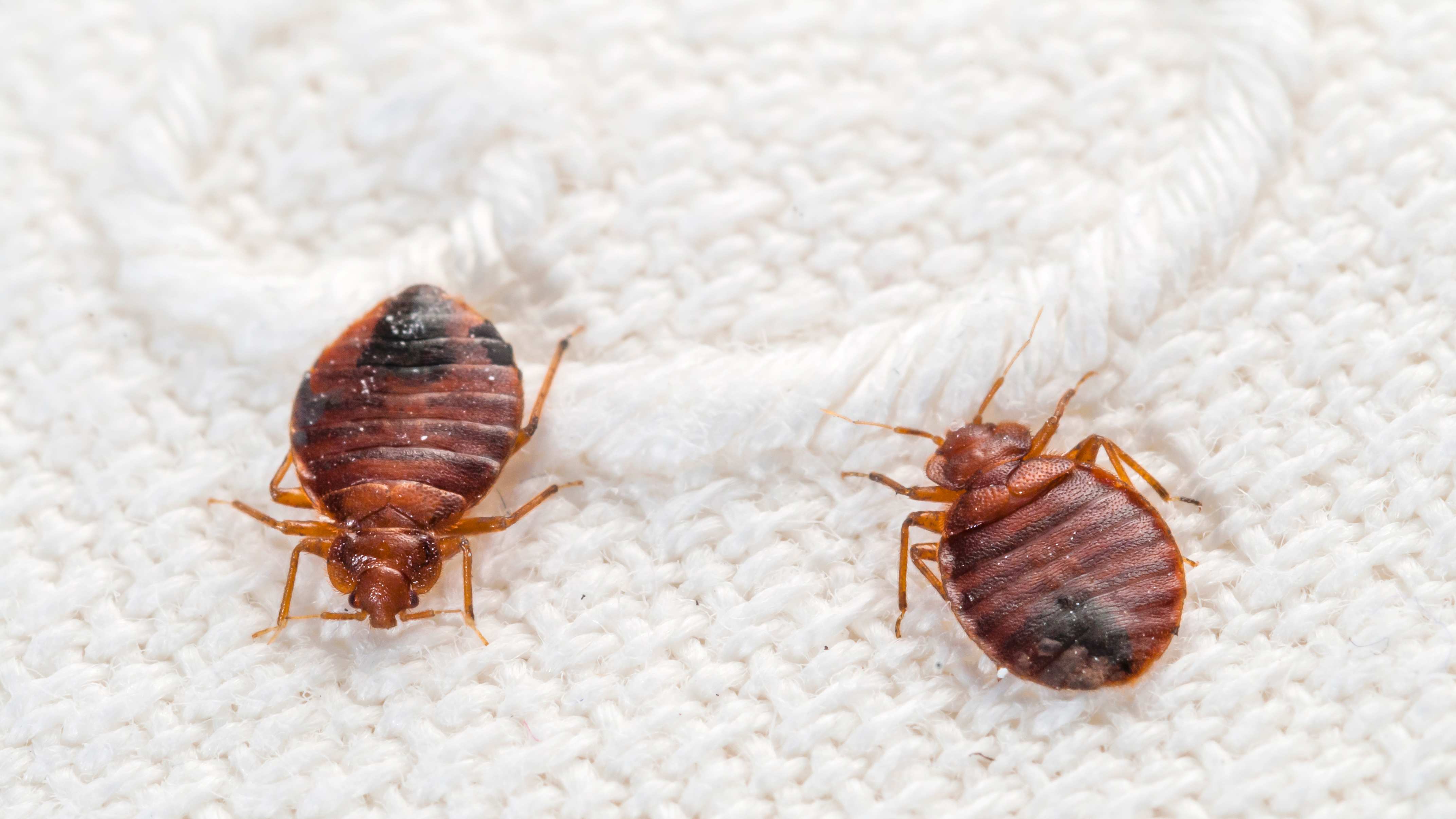
It’s important to know bed bug treatment costs if you have an infestation. Our guide covers different treatment methods and cost factors to eliminate these pests.
Spot the differences before they scurry away


A deer mouse is brown and white, while a house mouse is gray.
Deer mice often nest outdoors, while house mice prefer the indoors.
Deer mice breed seasonally, while house mice breed year-round.
Though deer mice and house mice are both small and speedy, these two rodents lead very different lives and bring their own set of quirks (and risks) to the table. One’s a professional home invader, the other a wild explorer with a penchant for the great outdoors. Let’s dive into what makes them unique, so you can tell your pantry pest from the forest guest who just dropped by uninvited.
From fur color to disease risk, the differences between deer mice and house mice are more than just tail-deep. This table highlights the major contrasts.
| Type of Difference | Deer Mouse | House Mouse |
|---|---|---|
| Size | 6–8 inches | 5–7 inches |
| Color | Brown with white belly | Gray |
| Diet | Outdoor seeds, berries | Indoor crumbs, scraps |
| Habitat | Outdoors | Indoors |
| Disease | Can carry disease | Can carry disease, less harmful |

Though both types of mice may seem similar, each has distinct features that set it apart from the other. Learning their unique size, shape, and coloring can help you determine which type of mouse is camping in your quarters.
Of the two types of mice, deer mice are slightly bigger and fluffier, usually measuring 6 to 8 inches long with the tail. They can weigh up to 1.5 ounces.
House mice are smaller and sleeker, typically measuring 5 to 7 inches long including the tail and weighing about 0.5 to 1 ounce.
Deer mice have more detailed and varied coloring, with brownish-reddish backs and white underbellies. In contrast, house mice tend to be a more uniform gray color with no variation.
Although they are bigger, deer mice tend to be more compact and round in shape, with pointed ears and larger eyes that give them a more wide-eyed look. House mice have more slender, streamlined bodies with thin, hairless tails and relatively small ears and eyes.
House mice are opportunistic eaters that thrive on your leftovers: grains, crumbs, pet food, and just about anything that falls through the cracks or on the floor of your pantry. They're well-adapted to indoor living and love easy, carb-heavy meals.
Deer mice, on the other hand, have a diet that consists of food found in nature: seeds, berries, insects, fungi, and even small invertebrates. While deer mice may try to venture indoors in colder months, their menu still leans farm-to-table over fast food.
House mice are homebodies—quite literally. They prefer indoor spaces like homes, garages, and commercial buildings, nesting in walls, attics, or anywhere close to food and warmth. They're highly adaptable to human environments and can thrive year-round inside.
Deer mice, in contrast, are more outdoorsy. They’re commonly found in rural areas and in forests, fields, sheds, and cabins, especially in undisturbed spots. While they may enter buildings in cold weather, they’re more likely to nest in woodpiles, basements, or less-trafficked outbuildings.
Since they’re tied to the outdoors, deer mice breed seasonally, most often in spring and summer, with litters ranging in size from 4 to 6 pups. House mice breed year-round and can produce several litters throughout the year with 4 to 6 pups in each litter. This means house mice are more likely to reproduce rapidly if their presence goes unnoticed.
Deer mice are known carriers of hantavirus, which can be serious or even fatal to humans. The virus spreads through contact with their droppings, urine, or saliva—especially when disturbed and inhaled as dust.
House mice are less associated with hantavirus but can spread other diseases like salmonella, leptospirosis, and lymphocytic choriomeningitis virus (LCMV), often by contaminating food or surfaces.
Since both rodents prefer different habitats, preventing them from accessing your home and multiplying requires both outdoor and indoor maintenance. If your efforts prove futile, you can always reach out to a local mice exterminator to perform an inspection and come up with a treatment plan.
Deer mice prevention involves limiting outdoor attractants near your home: trimming vegetation, storing firewood away from the house, and keeping basements or sheds dry and tidy. Since deer mice are more outdoor-focused, making your property less hospitable helps keep them from venturing indoors, especially in colder months.
The best way to get rid of house mice is to prevent them from gaining access to your space. You’ll want to seal any access or entry points to secure your home, then keep your kitchen well maintained so spills and crumbs don’t attract the rodents.
From average costs to expert advice, get all the answers you need to get your job done.

It’s important to know bed bug treatment costs if you have an infestation. Our guide covers different treatment methods and cost factors to eliminate these pests.

Scorpion removal costs vary based on home size, infestation severity, and treatment method. Learn what to expect and how to keep your home scorpion-free.

Sometimes birds nest in unwelcome places. Find out how much bird nest removal will cost based on factors like location, bird species, and preventative measures.

Flea bombs are a popular method for eradicating fleas, but they carry risks and aren’t always effective. So, do flea bombs work? Find out more.

Heat treatments for bed bugs is one of the best ways to eradicate these resilient pests. Learn how heat treatments work, pros and cons, and more.

Cellar spiders are often confused with the much more dangerous brown recluse. Read on to learn what makes these two arachnids both similar and totally different.